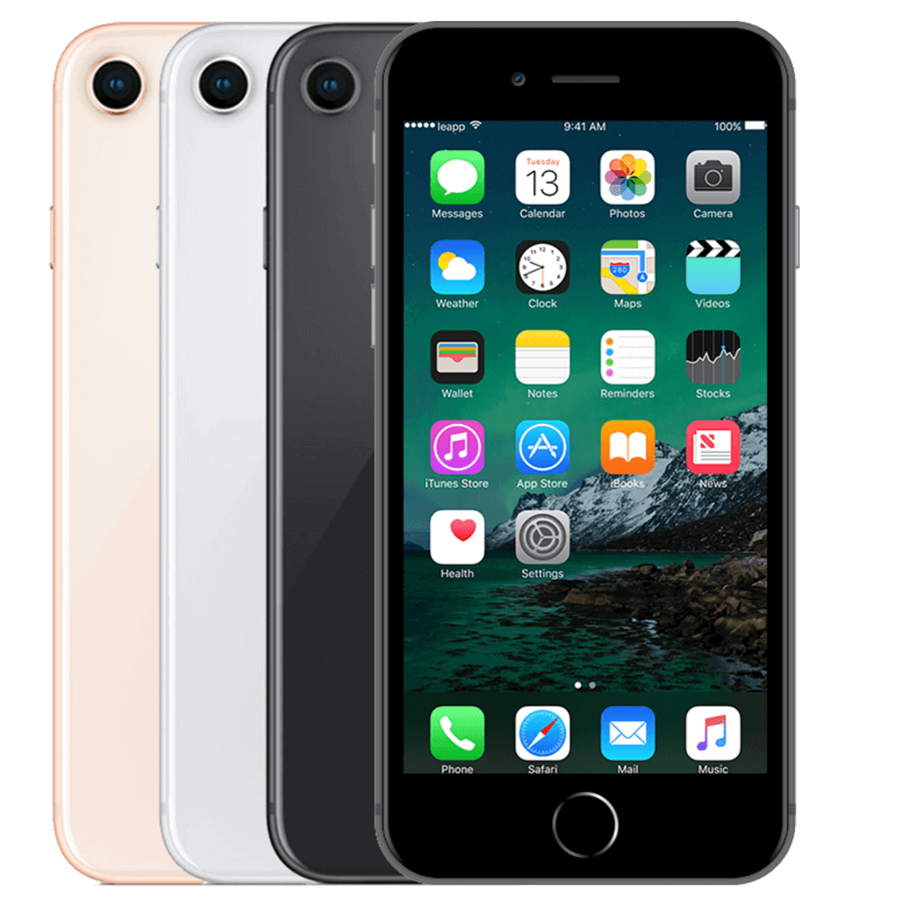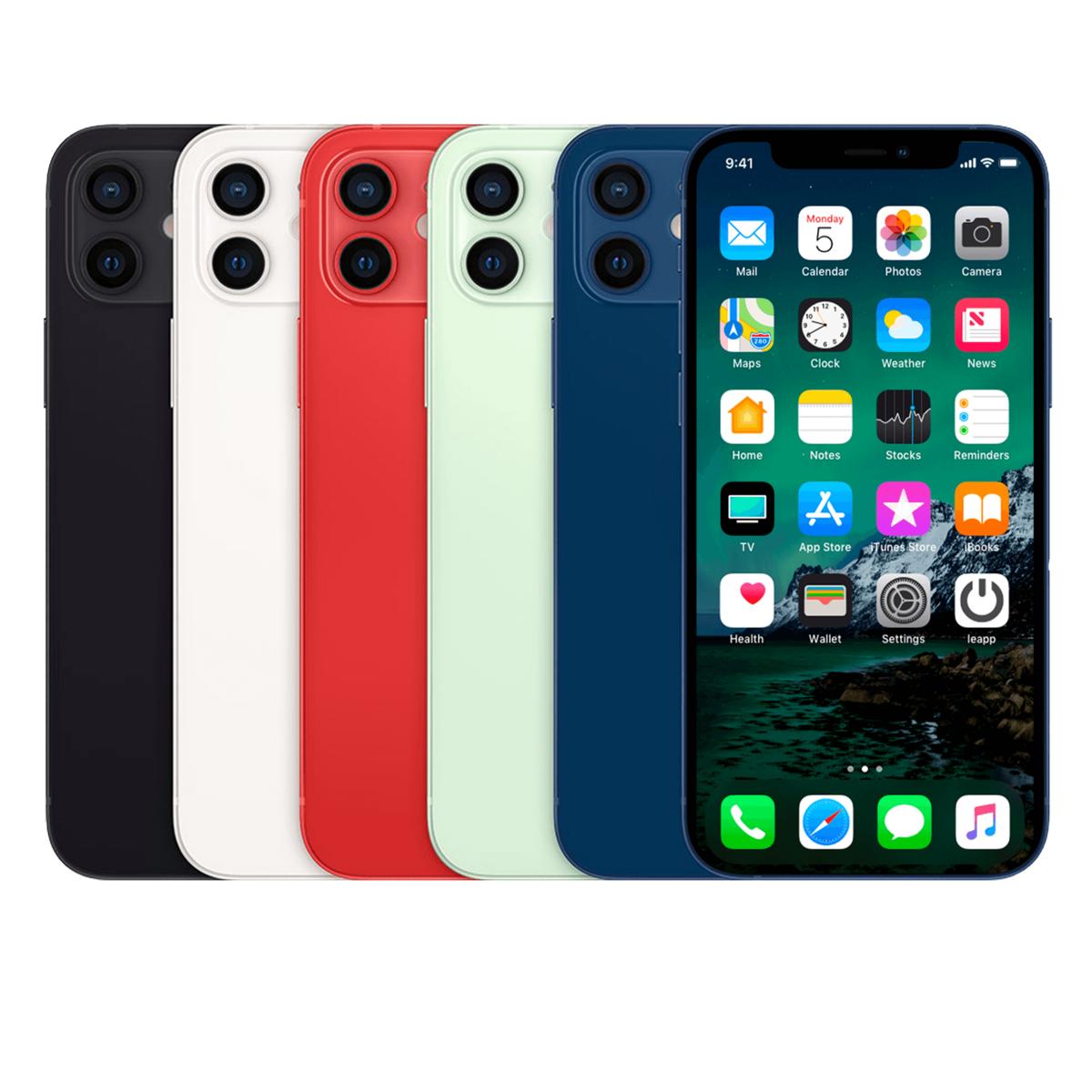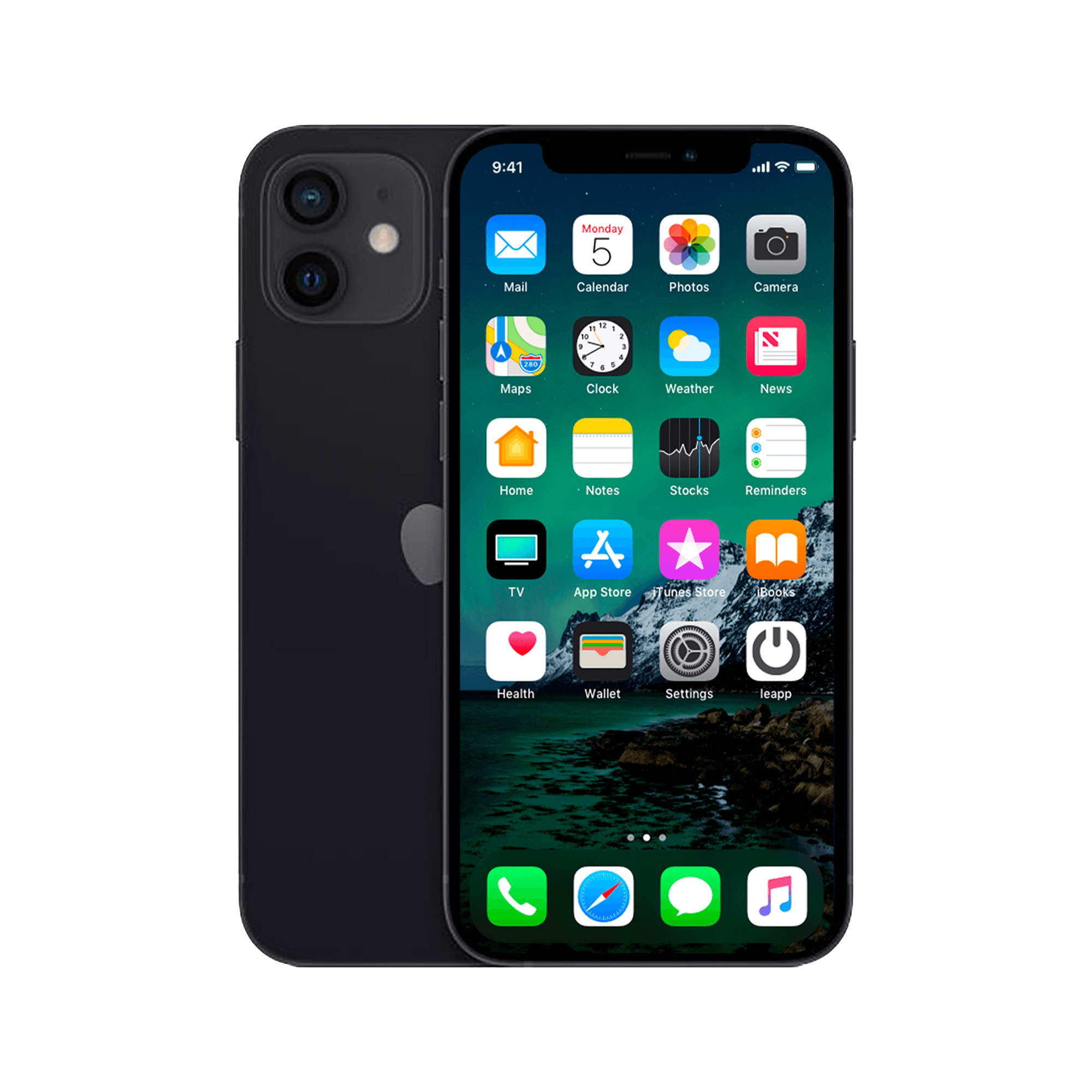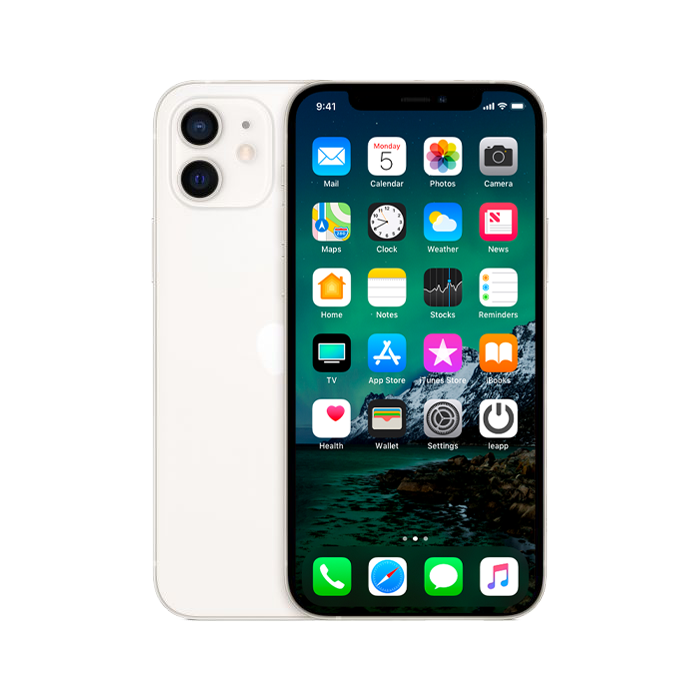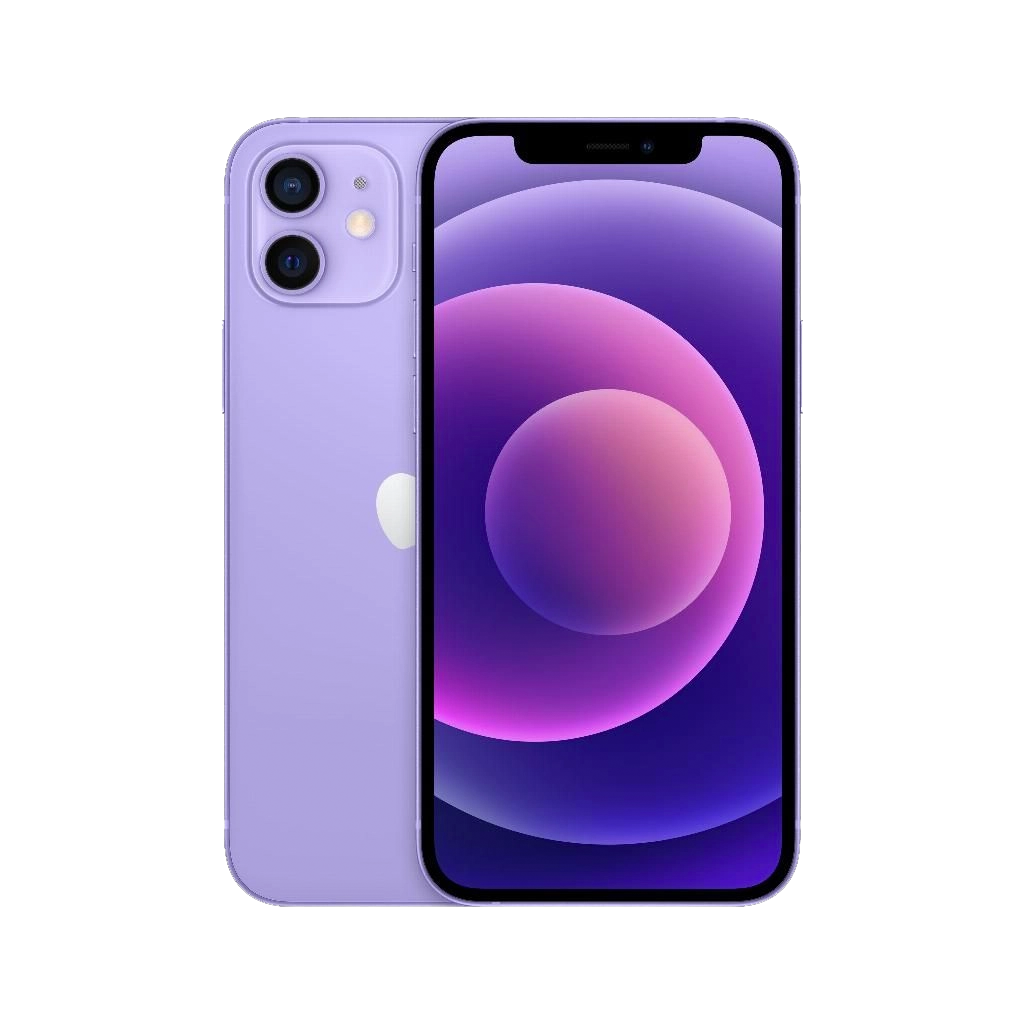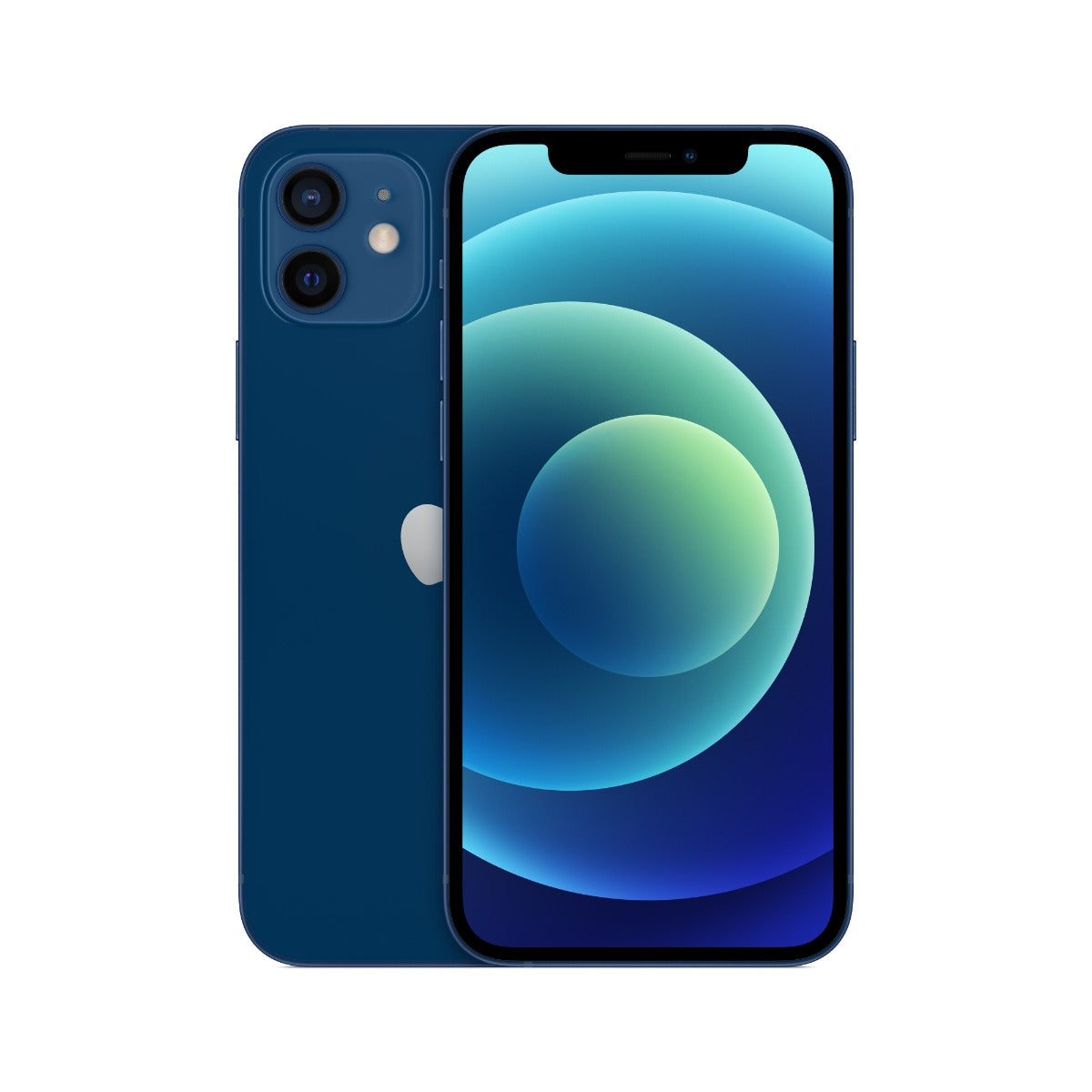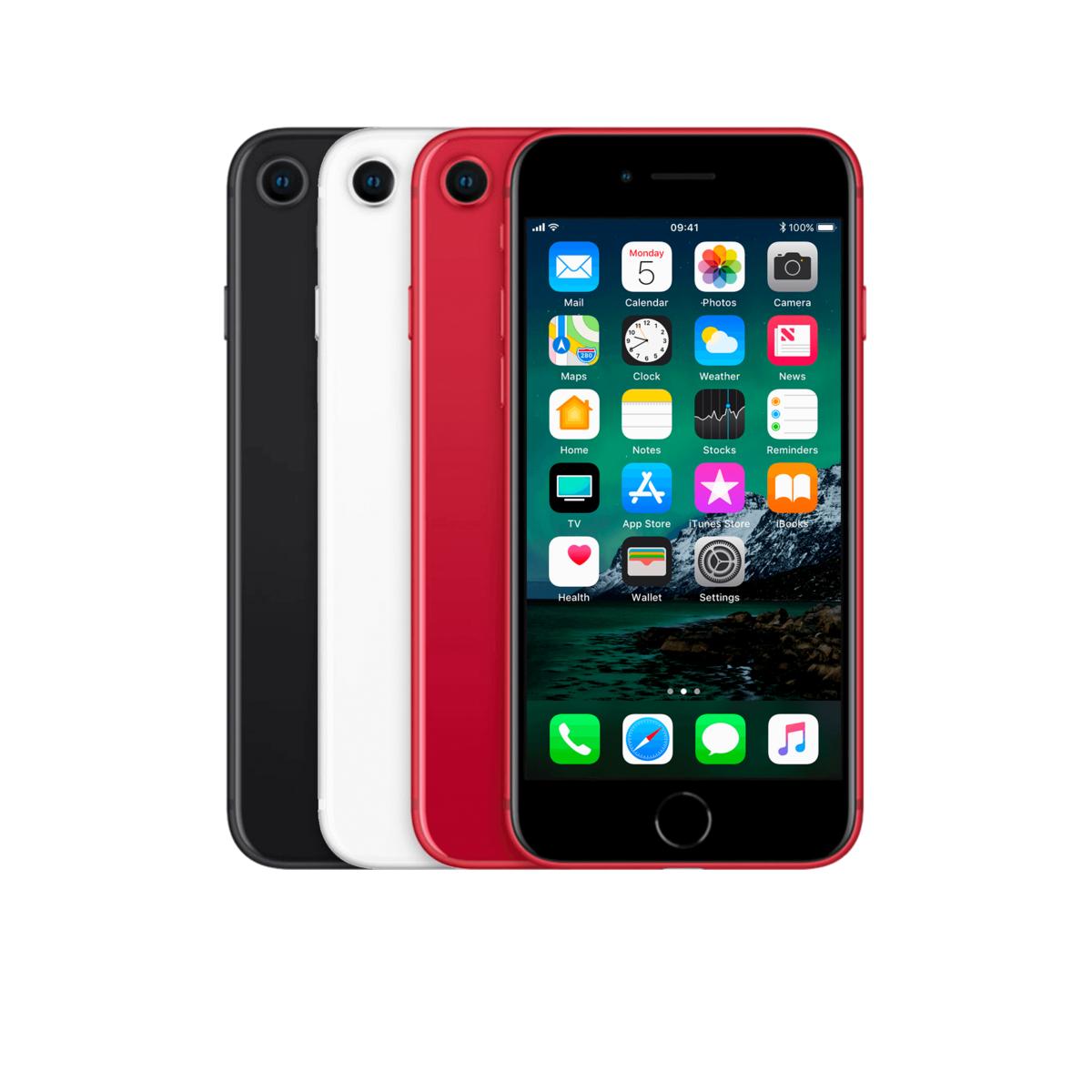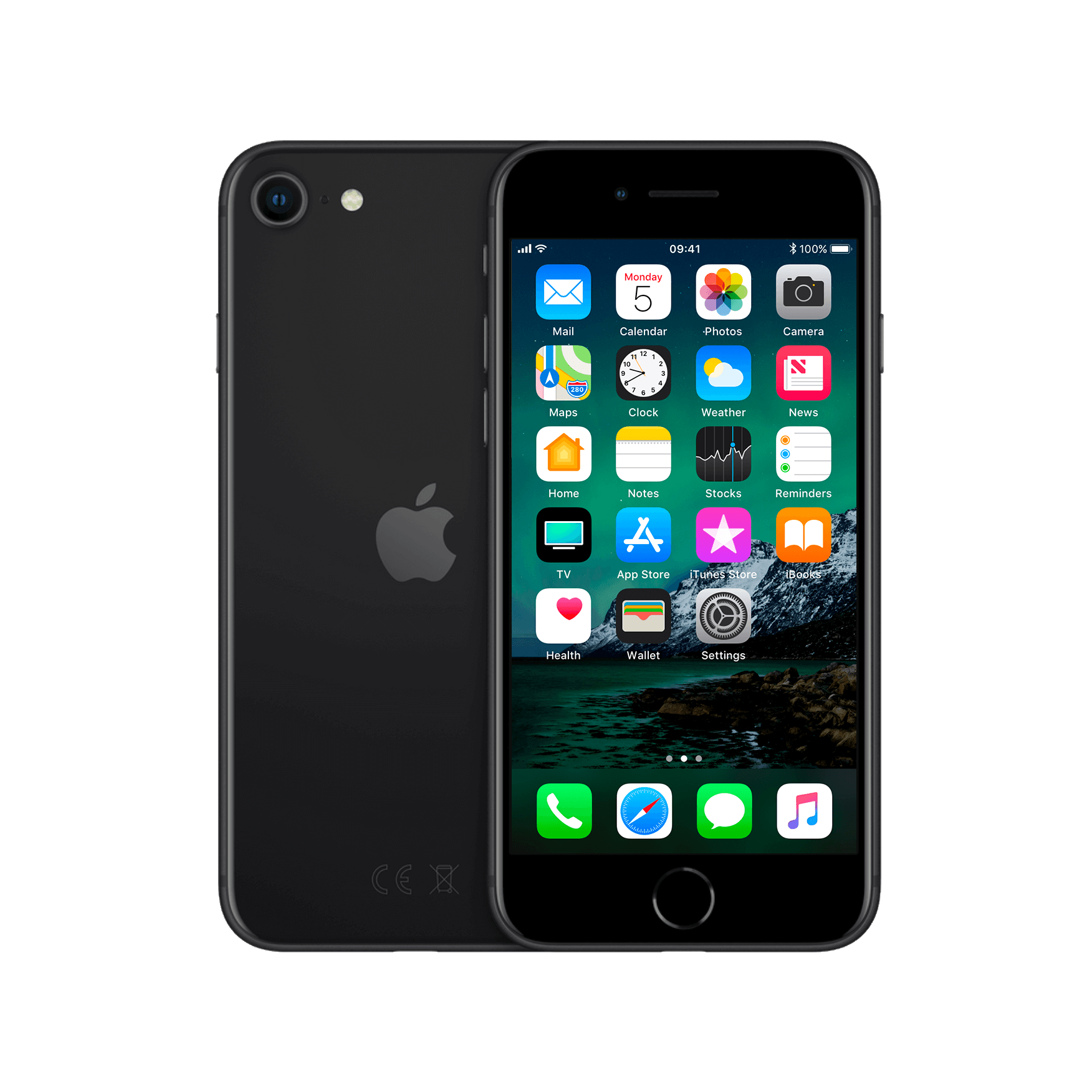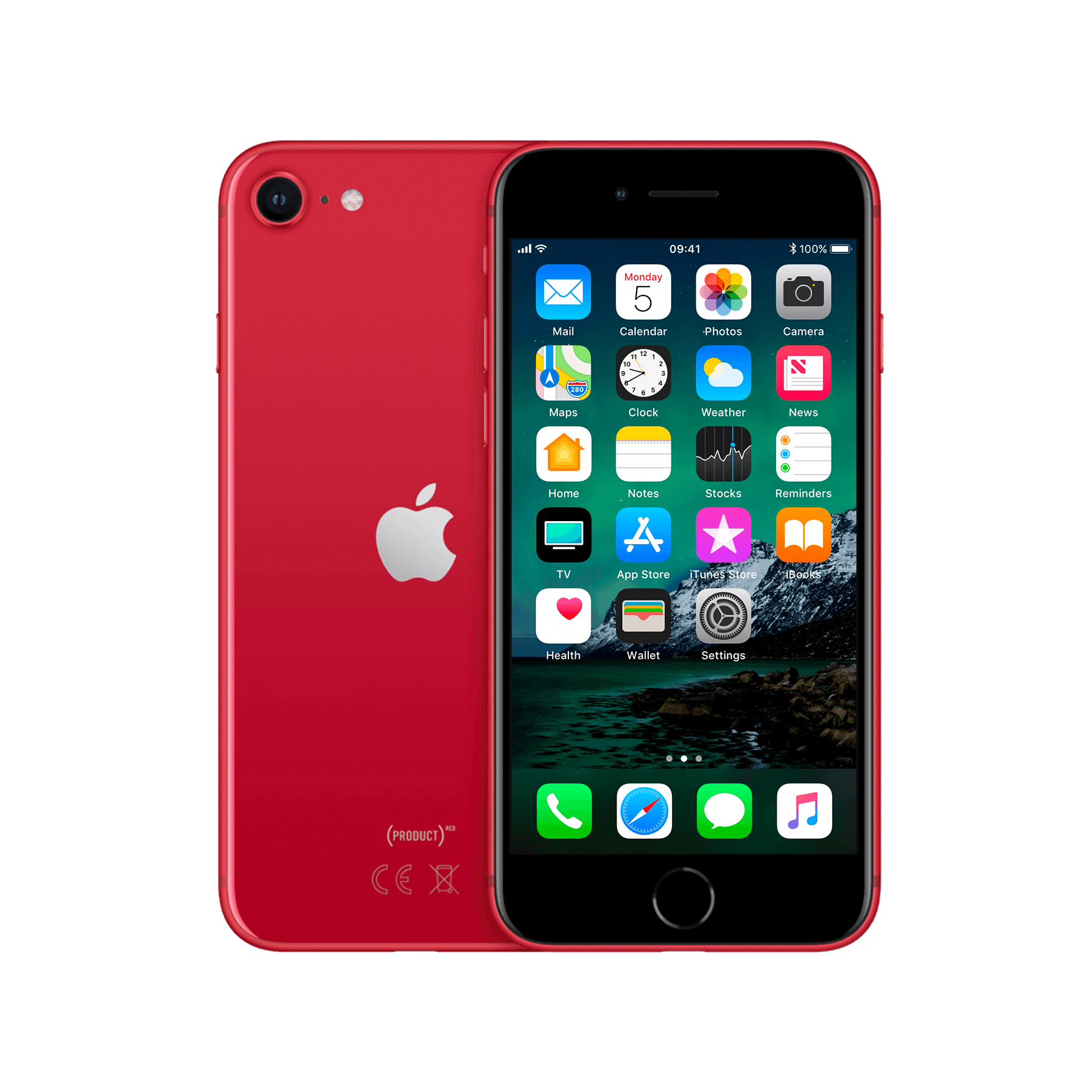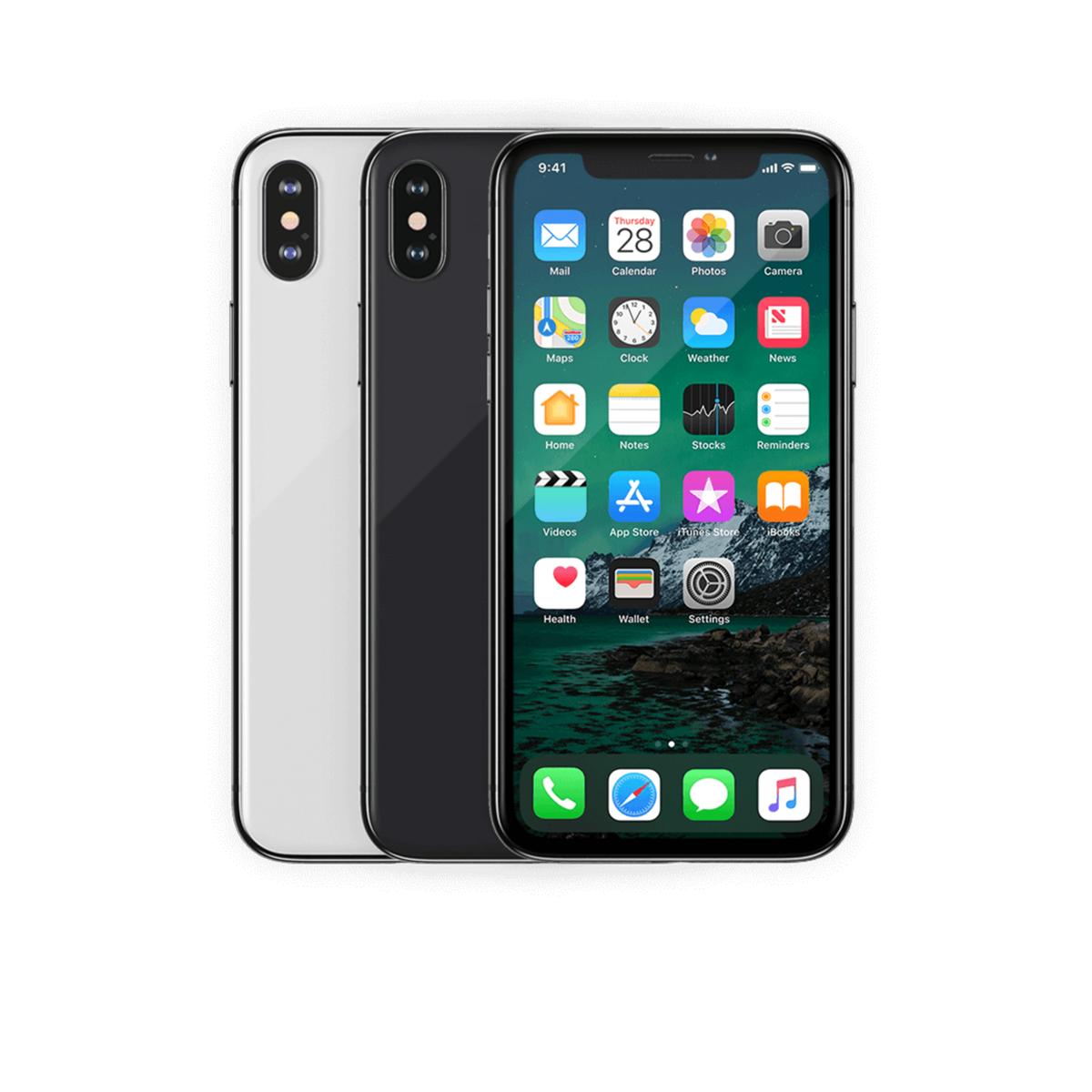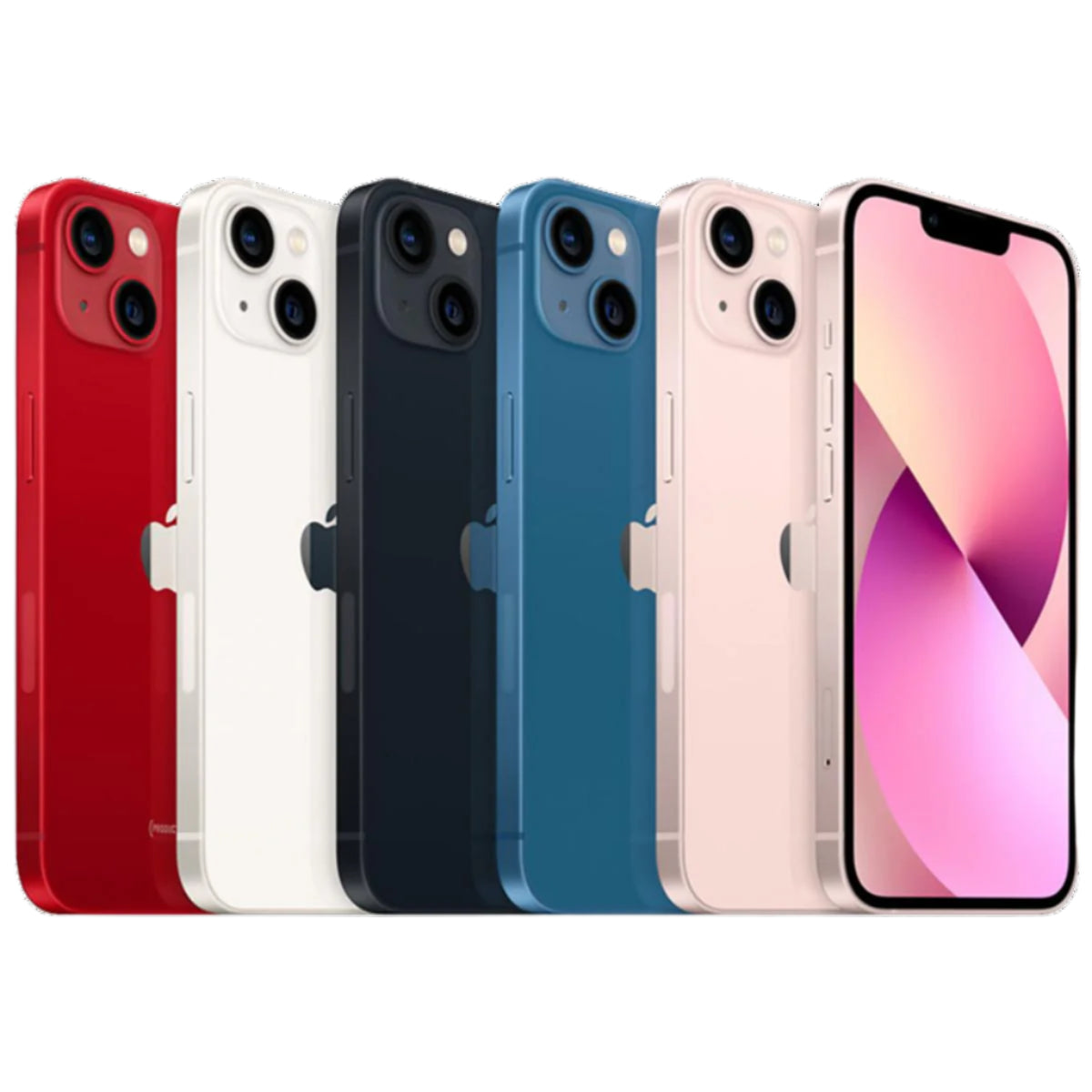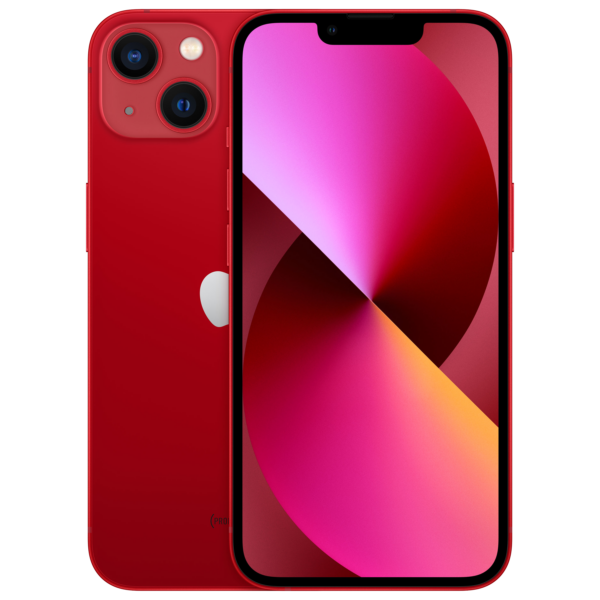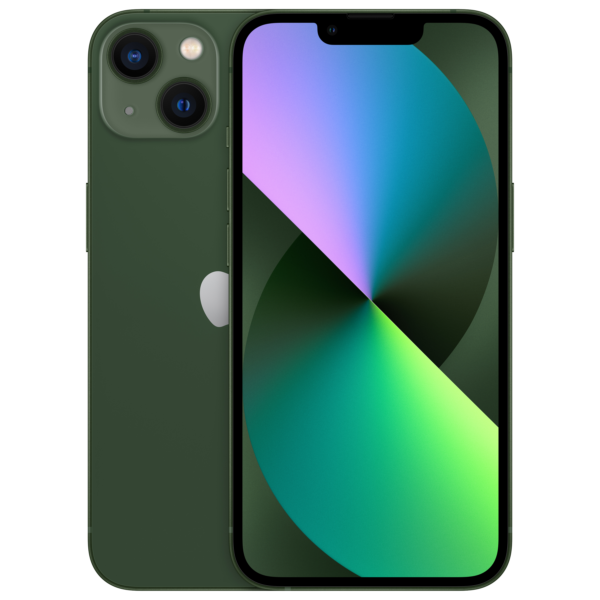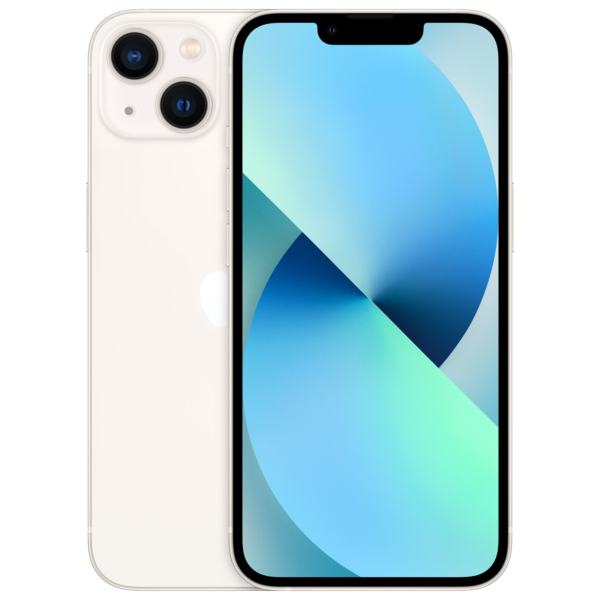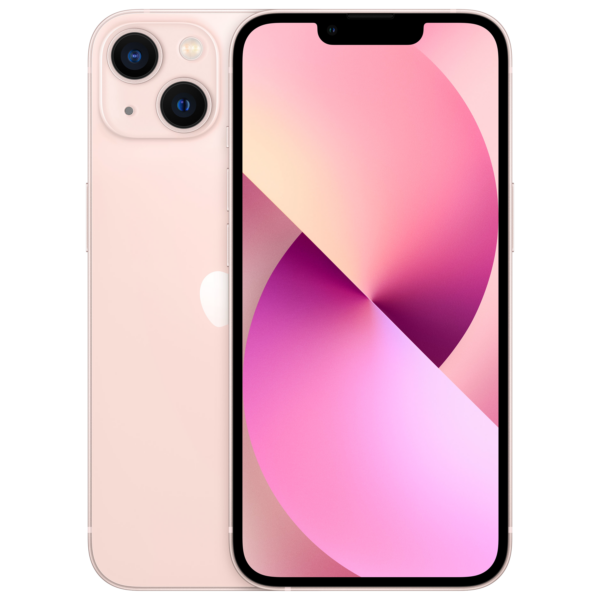Bluetooth versions determine iPhone compatibility
Your new AirPods don't work with your iPhone 6. That smartwatch is slow to connect. And that car kit from 2019? Works fine on your iPhone 14, but not on your old work phone. What Bluetooth version is in which iPhone, anyway? Most people have no idea.
Yet it's precisely this invisible detail that determines whether your accessories work at all—and how well. From Bluetooth 2.0 in the very first iPhone to version 5.2 in the latest models, each generation brought crucial improvements you'll notice every day. Faster connections, greater range, and more efficient battery life. The difference between smooth music streaming and spotty connections. Between an extra hour of battery life or a mid-day recharge. We've listed all the versions, including the corresponding models.
Useful links
- AirPods collection - perfect wireless audio for your iPhone
- iPhone accessories - compatible accessories by Bluetooth version
- Refurbished iPhones – sustainable choice with different Bluetooth versions
The evolution of Bluetooth in iPhones over the years
Bluetooth technology has evolved enormously since the introduction of the first iPhone. From slow connections with limited range to blazing-fast, energy-efficient connectivity that can handle multiple devices simultaneously, each new generation brought improvements that were immediately noticeable in everyday use.
The original iPhone from 2007 came with Bluetooth 2.0+EDR. This abbreviation stands for Enhanced Data Rate, which enabled a maximum data transfer rate of 3 Mbps. Revolutionary for its time, but slow compared to today's standards. The iPhone 3G and 3GS built on this technology with Bluetooth 2.1+EDR, adding Secure Simple Pairing. This made pairing devices not only easier but also more secure.
Bluetooth 4.0: the dawn of energy-efficient connections
With the arrival of the iPhone 4 and 4S, Apple introduced Bluetooth 4.0. This version marked a turning point in wireless technology by introducing Low Energy (LE). This meant that accessories like fitness trackers and smartwatches could operate for days without recharging. Your phone's battery life also benefited.
The iPhone 5 series (including the 5c and 5s) further refined this technology. While technically also using Bluetooth 4.0, the Low Energy implementation was better optimized. This resulted in more stable connections with wearables and smart sensors. Users particularly noticed this when using heart rate monitors during workouts or with smart locks at home.
Bluetooth 4.2: Better security and privacy
The iPhone 6 generation introduced Bluetooth 4.2. This version primarily improved security by implementing FIPS-compliant encryption. For the average user, this meant more secure data transfers, especially important when using payment apps or medical devices.
A lesser-known but important improvement was the use of random addresses. This made it harder for stores and other parties to track your phone via Bluetooth signals. The iPhone SE (first generation) also benefited from these improvements, meaning even this budget model offered modern security standards.
Bluetooth 5.0: Doubled speed and range
The jump to Bluetooth 5.0 in the iPhone 8 series and iPhone X was significant. Transfer speeds doubled to 2Mbps, while the range increased to 200 meters under ideal conditions. In practice, this meant you could keep streaming music to your speaker even if you walked to the other side of the house.
The iPhone XR, XS, and XS Max took full advantage of this technology. Users especially noticed the difference when using multiple Bluetooth devices at the same time. You could easily keep your Apple Watch, AirPods, and car kit connected at the same time without any dropouts.
Bluetooth 5.1 and 5.2: precision and audio innovations
The second-generation iPhone SE received Bluetooth 5.1, which added directional location capabilities. This allowed for more precise location of lost items with AirTags. The technology determines not only distance but also direction, which is especially useful indoors.
The latest iPhones from the 12 series onward use Bluetooth 5.2. This version introduced LE Audio, allowing high-quality audio to be streamed to multiple devices simultaneously with minimal battery consumption. This is especially noticeable when sharing music with friends through their own headphones.
Practical consequences for daily use
The Bluetooth version in your device matters more than you might think. An iPhone 6 with Bluetooth 4.2 works fine with older accessories, but new AirPods Pro can't reach their full potential. Conversely, older Bluetooth 2.0 speakers still work with an iPhone 14, but the connection is slower and less stable.
When buying accessories, it's wise to check the packaging to see which Bluetooth version is supported. The general rule is that newer versions are backward compatible, but you'll miss out on the latest features. A Bluetooth 5.0 headset will work on an iPhone 6, but without the improved audio quality and extended range.
Tips for optimal Bluetooth use
Regardless of which iPhone you have, there are ways to get the most out of your Bluetooth connections. Keep your software up to date, as Apple regularly improves Bluetooth performance through iOS updates. Remove old paired devices that you no longer use; this prevents conflicts and improves battery life.
For connection problems, turning Bluetooth off and back on often helps. Resetting your network settings can also work wonders, especially after a major iOS update. Note that you'll need to set up all your Wi-Fi passwords and Bluetooth pairings again.
The distance to the connected device remains crucial. Even with Bluetooth 5.2, walls and other obstacles can weaken the signal. Metal objects are the biggest culprit; avoid placing your phone next to microwaves or large metal objects while streaming.
Future perspective
Bluetooth is constantly evolving. Future versions promise even better audio quality, longer battery life, and more stable connections. For iPhone users, this means accessories are becoming increasingly smarter and more versatile. From medical sensors that continuously transmit health data to augmented reality glasses that work seamlessly with your phone.
The difference between Bluetooth 2.0 in the original iPhone and 5.2 in the latest models is enormous. Where you used to be happy to be able to stream music without cables, we now expect perfect audio quality, minimal energy consumption, and the ability to connect dozens of devices simultaneously. This evolution continues, with each new iPhone generation pushing the boundaries of wireless technology.
Conclusion: Bluetooth version determines user experience
The Bluetooth version in your iPhone determines more than just which accessories you can use—it affects the entire user experience. From slow 2.0 connections to blazing-fast 5.2 technology , each generation brought essential improvements.
When choosing a refurbished iPhone or new AirPods, it's worth checking which versions are compatible. This way, you'll get the most out of your devices without any surprises.


